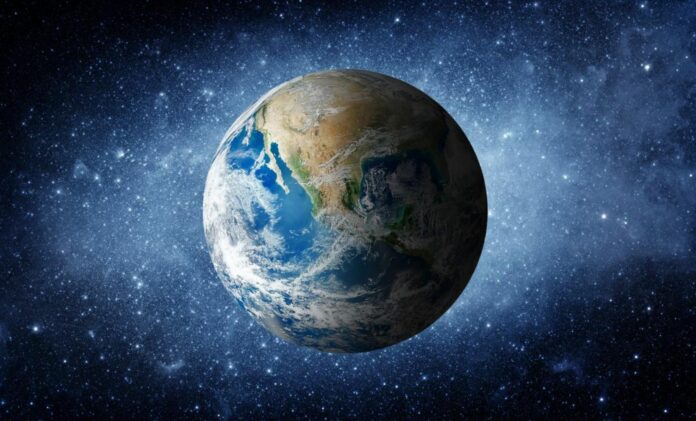New Study Reveals the Geological Cycle that Triggers Bursts of New Life After Every 36-million-year
New Research Reveals 36-Million-Year Geological Cycle as Driver of Biodiversity
New research has revealed the existence of a 36-million-year geological cycle that drives biodiversity on Earth. Scientists, including geoscientists from the University of Sydney, have discovered that movements in the Earth’s tectonic plates indirectly trigger bursts of biodiversity in cyclical patterns by influencing sea levels.
Scientists, including geoscientists from the University of Sydney, have discovered that the movement of Earth’s tectonic plates indirectly triggers bursts of biodiversity by causing fluctuations in sea levels.
Through extensive research and analysis of the fossil record spanning 250 million years, the team of researchers, led by Associate Professor Slah Boulila from Sorbonne University, Paris, has demonstrated that these geologically driven cycles of sea level changes play a significant role in shaping the diversity of marine species.
As sea levels rise and fall due to tectonic activity, various habitats on continental shelves and shallow seas undergo expansion and contraction. These environmental shifts create opportunities for organisms to thrive or perish. By examining the fossil record, scientists have identified a correlation between these cycles and the emergence of new life forms.
The findings of this research have been published in the esteemed journal Proceedings of the National Academy of Sciences. Professor Dietmar Müller, a co-author of the study from the School of Geosciences at the University of Sydney, explained, “In terms of tectonics, the 36-million-year cycle marks alterations between faster and slower seafloor spreading, leading to cyclical depth changes in ocean basins and in the tectonic transfer of water into the deep Earth.
“These in turn have led to fluctuations in the flooding and drying up of continents, with periods of extensive shallow seas fostering biodiversity.
The team’s analysis was made possible by the use of GPlates, a plate tectonic software developed by the EarthByte Group at the University of Sydney and supported by Australia’s National Collaborative Research Infrastructure Strategy (NCRIS) via AuScope.
The researchers drew their conclusions from the discovery of remarkably similar cycles in variations of sea levels, Earth’s internal mechanisms, and marine fossil records. The overwhelming evidence gathered from this study affirms that tectonic cycles and global sea level changes, driven by Earth’s dynamics, have played a pivotal role in shaping the biodiversity of marine life over millions of years.
Professor Müller added, “This research challenges previous ideas about why species have changed over long periods. The cycles are 36 million years long because of regular patterns in how tectonic plates are recycled into the convecting mantle, the mobile part of the deep Earth, similar to hot, thick soup in a pot, that moves slowly.”
A compelling example supporting these findings is the Cretaceous Winton Formation in Queensland, Australia. This formation, renowned for its wealth of dinosaur fossils and precious opals, offers valuable insights into an era when substantial parts of the Australian continent were submerged. The fluctuating sea levels during this period created expanding and contracting ecological niches in shallow seas, providing unique habitats that supported a diverse range of species.
“The Cretaceous Winton Formation stands as a testament to the profound impact of these sea-level changes, capturing a snapshot of a time when Australia’s landscape was transformed and fascinating creatures roamed the land,” added Professor Müller.
Source: 10.1073/pnas.2221149120
Image Credit: Shutterstock
